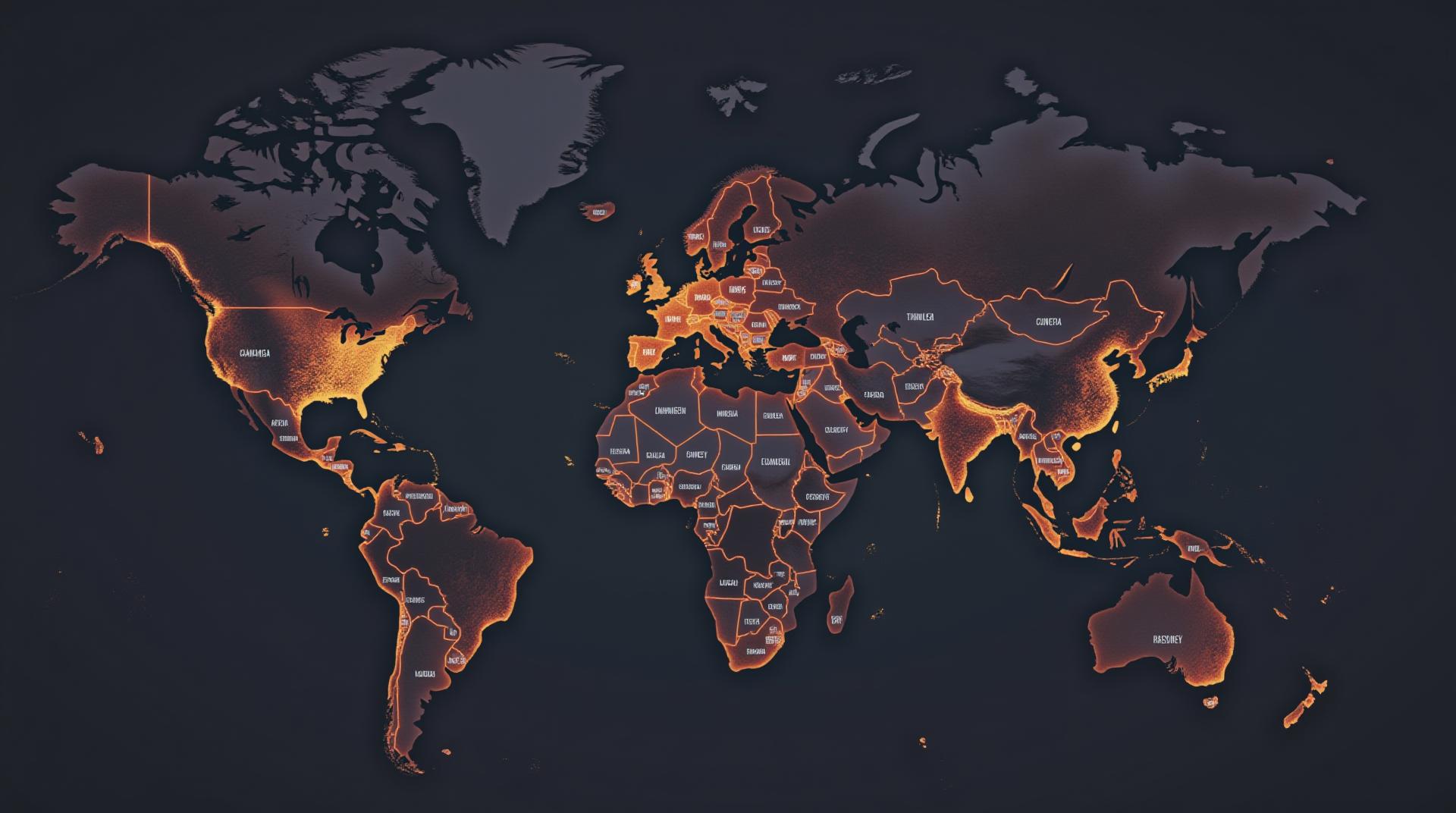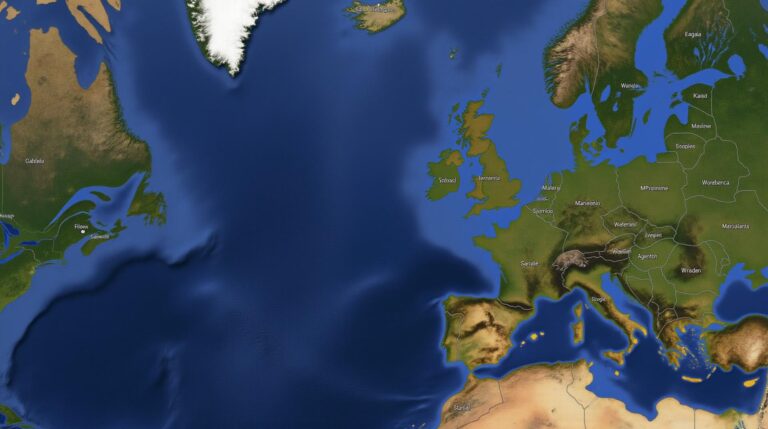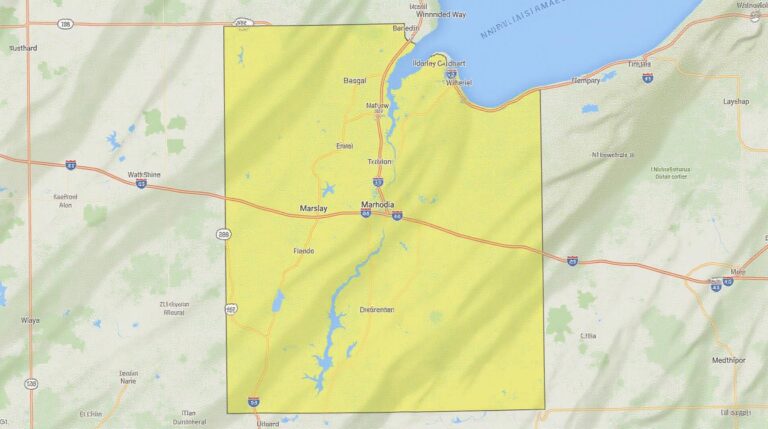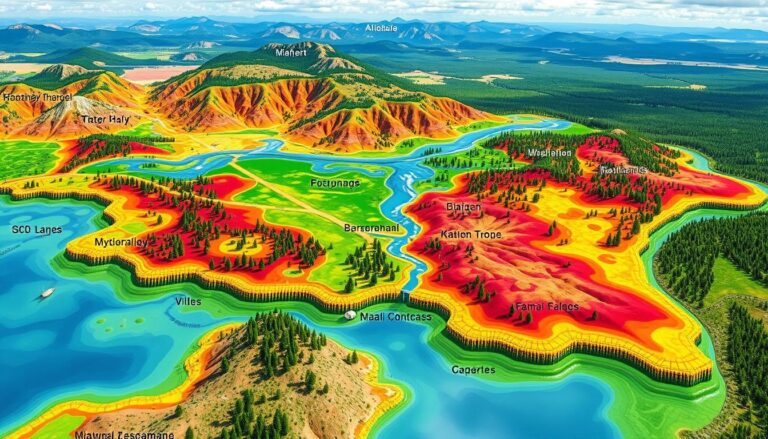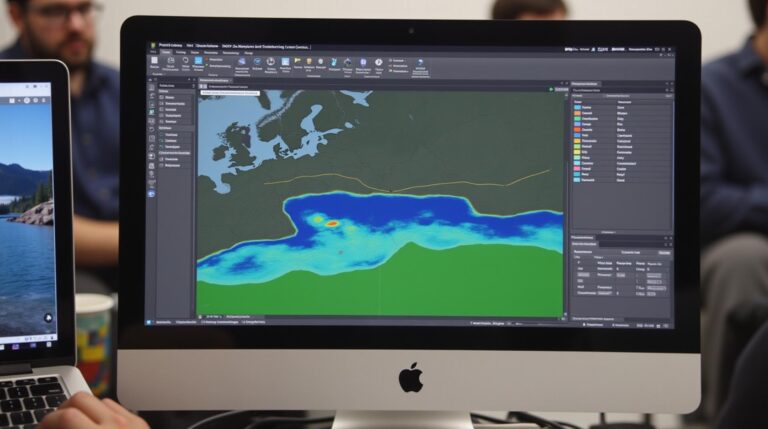GeoAI for Smart Energy Consumption – Demand Forecasting
GeoAI for Smart Energy Consumption: Demand Forecasting
In today’s world, managing and optimizing energy consumption is vital for a sustainable future. GeoAI, the combination of Geographic Information Science (GIS) and Artificial Intelligence (AI), holds immense potential for demand forecasting in the energy sector. This innovative approach leverages data analysis and advanced algorithms to predict future energy demands based on geographical factors and historical trends. Here’s a deep dive into the capabilities, benefits, and practical applications of GeoAI for demand forecasting in the smart energy revolution.
Key Features of GeoAI for Demand Forecasting
GeoAI for demand forecasting encompasses a range of powerful features:
- Data Integration: By combining data from various sources – weather conditions, population density, energy production output, real-time grid demand, and other geographical variables – GeoAI provides a holistic view of energy consumption patterns.
- Map-Based Visualization: GeoAI translates complex meteorological, geographic, and energy consumption data into interactive maps, facilitating intuitive analysis and pattern identification.
- Prediction Models: Advanced machine learning algorithms, including deep learning and neural networks, are employed to create sophisticated prediction models that account for a variety of variables and predict future energy demand.
- Real-Time Adjustments: GeoAI allows operators to adjust energy supply and demand response strategies based on predicted surges and dips in demand, ensuring efficient grid management and cost-efficiency.
- Power Optimization: By accurately predicting future energy demands, GeoAI supports infrastructure planning, equipment optimization, and distributed energy resource integration, meeting peak demands efficiently.
Benefits of Using GeoAI for Demand Forecasting
Implementing GeoAI for demand forecasting delivers comprehensive benefits for the energy sector:
- Enhanced Decision-Making: Accurate and timely predictions enable informed decisions regarding power generation, transmission, and demand management strategies, improving system efficiency and cost-effectiveness.
- Optimized Energy Consumption: By forecasting demand peaks and lows, GeoAI supports demand response programs and facilitates flexible management of electricity grids, reducing wasteful energy expenditure.
- Reduced Spread of Errors: The data-driven approach minimizes the risk of manual forecasting errors, ensuring greater accuracy in demand predictions, thereby improving grid reliability and security.
Furthermore, GeoAI fosters a future-forward approach to energy management, enabling operators to optimize resources and network efficiency, further bolstering grid resilience in an increasingly unpredictable energy landscape.
Practical Applications of GeoAI
GeoAI’s impact spans various facets of the smart energy sector:
- Predicting Power Generation Trends – GeoAI can facet individual and integrated power plants’ performance, enabling more accurate capacity forecasts in a time-varying energy landscape.
- **Optimizing Grid Control Devices:** GeoAI can predict peak power consumption times and conditions, and subsequently optimize grid control devices for optimal energy distribution, reducing energy waste.
- Community Engagement and Planning: Active climate change implications are increasingly impacting areas of the world, and GeoAI allows for better prediction of these trends and the complementary impact they have on individual community needs.
- **Renewable Energy Integration:** GeoAI assists the integration of renewable energy sources, such as solar and wind power, by estimating their production potential and fitting them into the grid’s ongoing energy demand.
Looking Ahead
GeoAI is accelerating the transition towards a smarter energy system. Its efficacy in real-time energy distribution and demand analysis will play a crucial role in making the smart grid more robust, resilient, and sustainable, ultimately leading toward a greener and more reliable future for energy consumption.
**Resources:**
- GEAI for Energy: https://geospatial.ai/industries/energy/
- Google Cloud for Energy:** https://cloud.google.com/industries/energy/
Check similar topics:
FAQs: GeoAI-Energy Consumption
Explore these common questions and answers related to GeoAI-energy-consumption:
What is GeoAI-Energy Consumption?
GeoAI-energy consumption refers to the use of geographic information systems (GIS) and artificial intelligence (AI) techniques to analyze energy data and consumption patterns. This field bridges geospatial analysis and machine learning to predict and optimize energy use in buildings, cities, and grids.
What data is used for GeoAI-Energy Consumption?
The key data elements include:
- Geographic location data: Latitudes, longitudes, addresses, building footprints, etc.
- Energy consumption data: Historical consumption patterns for electricity, gas, water, etc.
- Building and infrastructure data: Information on building design features (materials, HVAC), lighting, occupancy patterns, etc.
- Weather data: Temperature, humidity, solar irradiance for contextual understanding of energy demand.
What formats are used for GeoAI-Energy Consumption data?
GeoAI-energy consumption data can be accessed and analyzed in various formats:
- **CSV and Excel files**: Commonly used formats for sharing and exchanging data.
- **GeoJSON**: A common format for representing geographical data, especially well-suited for integration with GIS software.
- **API responses**: For real-time data and insights. As part of energy data management efforts, many organisations publish data through APIs.
How can GeoAI-Energy Consumption be used?
The applications of GeoAI-Energy Consumption are transformative:
- **Building energy efficiency:** Analyze energy consumption patterns, predict future requirements, and inform building upgrades and energy saving measures.
- **Smart Grid operation:** Optimize energy distribution for better grid stability and resilience.
- **Sustainable urban planning:** Understand resource consumption and identify areas for targeted interventions to reduce city-wide energy footprints.
What are the resources on GeoAI-Energy Consumption?
Learn more on GeoAI-Energy Consumption
Conclusion
GeoAI-energy consumption is an increasingly important field, driving the transition towards sustainable energy use. It allows better prediction of energy demand, resource optimization, and informed decision-making for a clean energy future. By understanding and utilizing these powerful techniques, we can have a more informed approach to managing our energy consumption for a more sustainable tomorrow.

